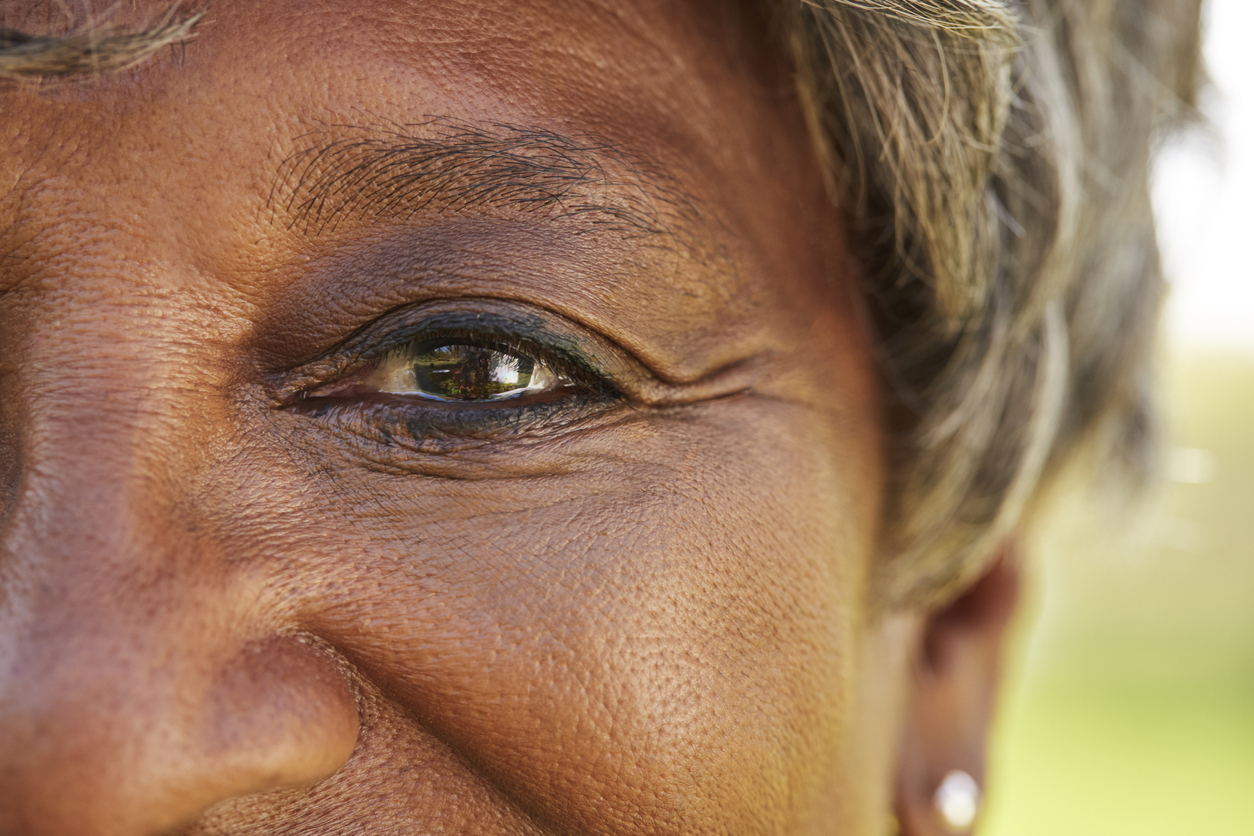Glaucoma
In a healthy eye, a clear fluid called aqueous humor circulates inside the front portion of your eye. To maintain a constant healthy eye pressure, your eye continually produces a small amount of aqueous humor while an equal amount of this fluid flows out of your eye. If you have glaucoma, the aqueous humor does not flow out of the eye properly. Fluid pressure in the eye builds up and causes damage to the optic nerve.
Only about half of Americans who have glaucoma know they have the disease. Glaucoma is a leading cause of blindness for people over 60 years old. Glaucoma progresses slowly with few early symptoms, eventually leading to increasing loss of peripheral or side vision. If left untreated, damage to the optic nerve can lead to blindness. With regular eye exams, the physicians at Columbia Eye Clinic can detect glaucoma early and treat it to help stop vision loss.
Open-angle glaucoma is the most common type of the disease. In this form of the disease fluid does not drain as well as it should, like a clogged drain, resulting in increased eye pressure.
Angle-closure glaucoma also called narrow-angle glaucoma, occurs when fluid drainage from the eye is completely blocked and eye pressure rises very quickly. This type of acute attack is an emergency and if not treated right away, can cause blindness.
These are the signs of an acute angle-closure glaucoma attack. They may come and go at first or get worse steadily.
• Sudden, severe pain in one eye
• Decreased or cloudy vision
• Nausea and vomiting
• Rainbow-like halos around lights
• Red eye
• Eye feels swollen
• Pain above the eyebrows
Watch to Learn More About Glaucoma
Treatment
Open angle glaucoma is usually treated with eye drops that lower the pressure in the eye. If you already have damage to the optic nerve, further vision loss can be prevented with use of drops.
Angle closure glaucoma is initially treated with a laser to provide an alternate route for the flow of aqueous fluid.
In addition, Columbia Eye Clinic offers the most advanced glaucoma laser and surgery options.
Selective Laser Trabeculoplasty (SLT)
SLT is a common laser surgery for primary treatment of open-angle glaucoma to reduce eye pressure and may reduce the number of eye drops a person needs to use every day. During an SLT procedure, your ophthalmologist will use a laser to create tiny holes to allow eye fluid to drain better and lower eye pressure. Results of SLT may not be permanent and the treatment can be safely repeated, if needed.
Minimally Invasive Glaucoma Surgery (MIGS)
MIGS procedures reduce eye pressure by creating new passages to allow the aqueous humor to drain more easily from the eye. MIGS procedures require only very small incisions and involve implantation of microscopic-sized tubes or stent devices in the trabecular meshwork, the spongy tissue located in the drainage angle of the eye responsible for outflow of fluid. Cataract surgery patients with glaucoma may be treated for both conditions with a combined procedure.
Schedule an appointment
To schedule an examination at any of our three convenient clinic locations to detect glaucoma and prevent damage to your vision, contact us at (803) 779-3070.


 ANNOUNCING UPDATES TO OUR COVID-19 SAFETY PROTOCOLS
ANNOUNCING UPDATES TO OUR COVID-19 SAFETY PROTOCOLS